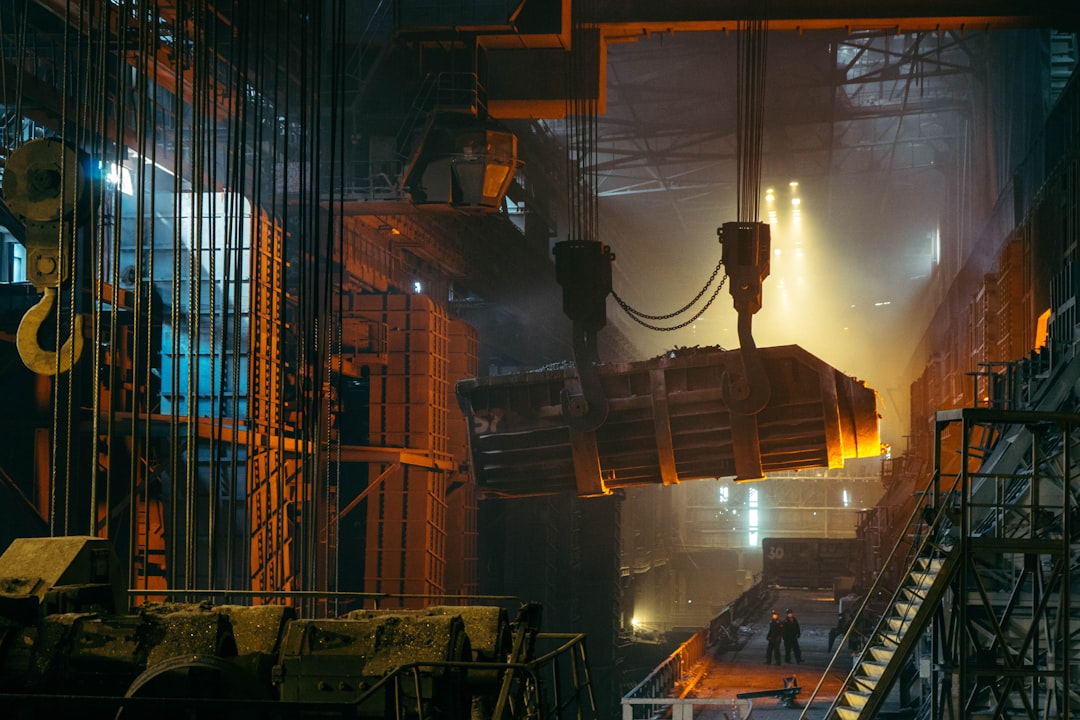body {
font-family: sans-serif;
line-height: 1.6;
margin: 20px;
}
h1, h2 {
color: #333;
}
img {
max-width: 100%;
height: auto;
display: block;
margin: 20px auto;
}
Steel, the backbone of countless industries, requires precise and efficient cutting techniques for its various applications. From intricate automotive parts to robust construction beams, the method used to cut steel significantly impacts the final product’s quality, cost, and production speed. This comprehensive guide explores the diverse world of steel cutting technologies, examining their strengths, weaknesses, and ideal applications.
1. Oxy-Fuel Cutting: The Classic Flame Approach
Oxy-fuel cutting, a time-tested method, utilizes a high-velocity jet of oxygen to cut through steel. The process begins by preheating the steel with a flame mixture of oxygen and fuel gas (typically acetylene or propane). Once the steel reaches its ignition temperature, a pure oxygen jet is introduced, rapidly oxidizing the metal and creating a molten slag that is blown away by the jet’s force. Oxy-fuel cutting is relatively inexpensive and portable, making it suitable for on-site work and thicker steel plates. However, it’s less precise than other methods and leaves a wider heat-affected zone (HAZ), potentially compromising the material’s properties.
2. Plasma Cutting: Harnessing the Power of Ionized Gas
Plasma cutting employs a high-velocity jet of superheated, ionized gas (plasma) to melt and cut through the steel. The plasma arc’s extremely high temperature allows for faster cutting speeds and greater precision compared to oxy-fuel cutting. Plasma cutting is effective on a wider range of steel thicknesses and produces a narrower HAZ. It’s commonly used in industrial settings for its efficiency and ability to handle various steel grades. However, it requires a more sophisticated setup and is generally more expensive than oxy-fuel cutting.
3. Laser Cutting: Precision and Versatility in a Single Beam
Laser cutting utilizes a highly focused beam of light to melt and vaporize the steel, achieving exceptional precision and intricate cutting patterns. The non-contact nature of laser cutting minimizes material deformation and produces clean, burr-free edges. It’s highly versatile, capable of cutting various steel types and thicknesses, and often integrated into automated manufacturing processes. While laser cutting offers superior accuracy and speed, it’s typically more expensive than other thermal cutting methods, particularly for thicker steel.
4. Waterjet Cutting: The Gentle Giant of Steel Cutting
Waterjet cutting uses a high-pressure jet of water, often mixed with an abrasive material like garnet, to cut through steel. This method is incredibly versatile, capable of cutting almost any material, including hardened steel, without generating significant heat. The absence of a heat-affected zone preserves the material’s properties and makes it ideal for delicate or heat-sensitive applications. Waterjet cutting is slower than thermal methods but offers superior precision and minimal material waste. The high-pressure equipment is a considerable investment.
5. Shearing: A Powerful Force for Straight Cuts
Shearing is a mechanical cutting process that uses a powerful press to cut relatively thin sheets of steel along a straight line. Two sharp blades forcefully compress the steel, causing it to fracture along the cutting line. Shearing is highly efficient for mass production of standardized parts and is capable of extremely high cutting speeds. However, it’s limited to straight cuts and relatively thin steel sheets. The resulting edges may require further finishing depending on the application’s precision requirements.
Choosing the right steel cutting technology depends on several factors, including the steel’s thickness, desired precision, material properties, production volume, and budget. Each method has its own strengths and weaknesses, and understanding these differences is crucial for selecting the optimal approach for any given application.
Choosing the Right Technology
The selection of the appropriate steel cutting technology is a critical decision influenced by several factors. These include the thickness of the steel, the required precision of the cut, the type of steel being cut (its hardness and alloy composition), the desired production volume, and the overall budget. Careful consideration of these factors ensures optimal efficiency and cost-effectiveness.
For example, oxy-fuel cutting is suitable for thicker materials and on-site work where portability is important, while laser cutting is ideal for intricate designs and high-precision applications. Waterjet cutting provides a heat-free solution for delicate materials or those susceptible to heat damage. Shearing is the most efficient choice for mass production of thin sheet steel parts requiring straight cuts.
The future of steel cutting likely involves further advancements in laser and waterjet technologies, pushing the boundaries of precision, speed, and material versatility. The ongoing development of automation and intelligent control systems will further enhance the efficiency and capabilities of these cutting-edge processes.
Tags: steel cutting, laser cutting, plasma cutting, waterjet cutting, oxy-fuel cutting




